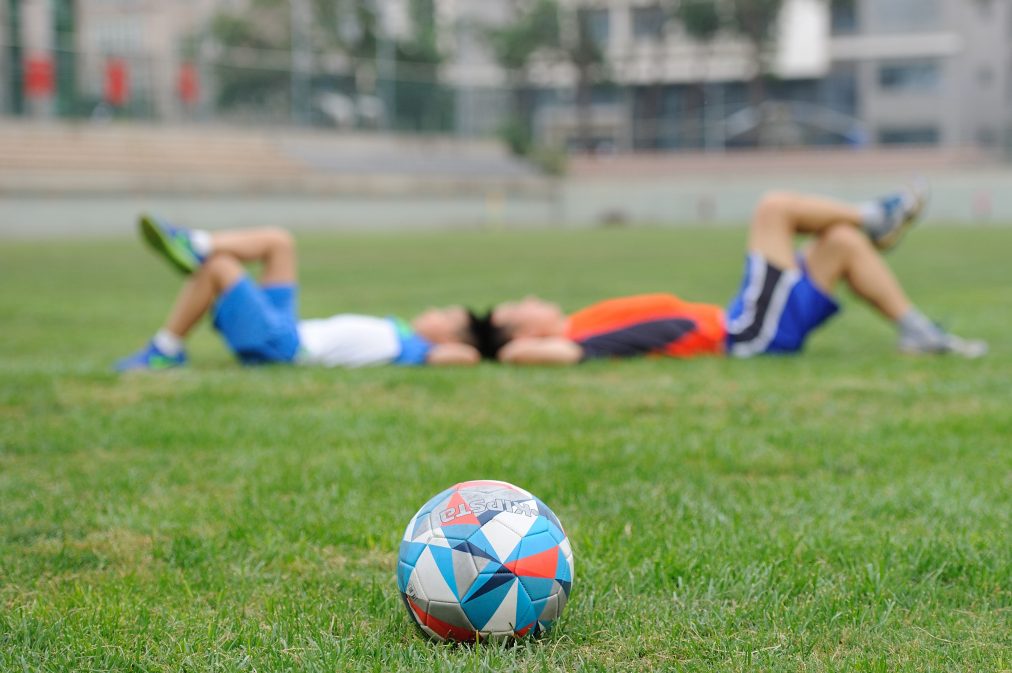What’s the fuss with warm-ups?

A question I ask anyone coming to see me for a sporting injury is if they warmed up before playing or practising on the day of the injury. Most people tend to say yes, they do some sort of stretching or jog around to sweat a bit before playing. In the encounter, I always get asked a few questions about the best way to warmup or the best exercises to do for injury. Before we delve into the topic, we should answer a few questions.

What is a warmup?
In short, a warmup should be something that prepares you for movements you are about to perform. This preparation can occur in a few ways. Besides “getting warm”, you should prepare your joints and muscles for the type of load they will be subjected to and mostly, prepare your nervous and musculoskeletal systems for the activity.
Is it important?
We would all rather prevent rather than treat injuries. A warm up actually presents you with a great chance to get some much needed injury prevention work or what some of us call prehab. This is where a warm up can be used to integrate some work to “wake up” your body before starting your exercise. Warm-ups always provided me with a chance to indirectly treat uninjured athletes when I work with teams as I am able to train things like balance, reaction time, power and strength. Several programs like the PEP program , the FIFA 11+ and the Core-PAC have all been shown to reduce the risk of injury or the susceptibility of athletes to injury.
What is the best way to warm up?
The simple answer is that it really depends.
For example, playing a game of soccer and performing heavy weightlifting at the gym are completely different activities so your preparation for the two will look very different.
Jogging in a straight line will only take you so far to prepare you for a game of soccer that will see you change your speed and direction rapidly in shorter bouts. The same thing can be said about stretching. A good warmup for a game of soccer will involve a mixture of some running, cone drills to prepare you for the change in direction change, mobility and stability exercises.

If you are about to engage in some heavy lifting at the gym, your warm up should be prepare you to load your joints and tissues with some resistance at different ranges of motion. Agility and speed drills will probably have very little carryover in this case. Jogging before heavy lifting might help a bit but it definitely will not prepare your body for the heavy lifts in the same way some joint mobility and power drills would. Try focusing on the thoracic spine, the hip and the ankle in your mobility drills, and glute, core and other posterior chain activation in your power drills before squatting or deadlifting.
In summary, a warmup should expose your body to a less intense but similar load or stress to whatever movement it is meant to prepare you for. If you are inexperienced with exercise, a physiotherapist can help you design a program that is right for you and the activity you plan on participating in.
Iyad Salloum, MPT, IMS

About twice a month our therapists will be posting answers to commonly asked questions. So, if you have a burning question that you want answered let us know in the comments below.
We can cover anything ranging from active rehabilitation, to injury prevention.
This week our featured therapist is Iyad Salloum. To learn more about Iyad check out our PhysioWorks team.


Leave a Reply